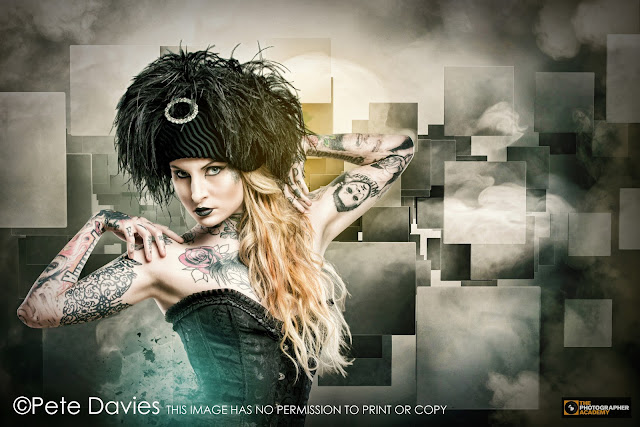Zeiss Otus & Batis Lens Review with Lisa Beaney
 As many of you know I made the switch to the Sony A7 cameras a while back and have been delighted with them. One thing that they did lack to start with was the same range of lenses available to either Canon or Nikon users. This could partly be overcome by using a Metabones adaptor with either Canon or Nikon lenses but personally I do prefer to use lenses that have been designed to work specifically with the camera (one less thing to go wrong!).
As many of you know I made the switch to the Sony A7 cameras a while back and have been delighted with them. One thing that they did lack to start with was the same range of lenses available to either Canon or Nikon users. This could partly be overcome by using a Metabones adaptor with either Canon or Nikon lenses but personally I do prefer to use lenses that have been designed to work specifically with the camera (one less thing to go wrong!).
Zeiss sent me two of their ranges of lenses to test; The Otus that is a Canon fit and manual focus and the Batis which has been designed to work with the full frame Sony A7 series cameras and has full autofocus.
When I'm taking stills, I don't normally use manual focus; a lot of the time my subjects don't stay still enough for me to be able to focus fast enough (maybe this is a skill I need to practice) so for me I felt they were far more useful for product photography than for portraiture.
The other most noticeable differences between the two ranges is the size and weight. One reason that I chose the Sony A7 series cameras is that for me the size and weight is far better than the Canon 5d range of cameras and when you end up carrying two of them over your shoulders/round your next for 12 hours at a time this really is noticeable. The Otus lenses are much bigger and heavier than the Batis range. This is partly due to the differences in Aperture (the Otus is an f1.4 and the Batis is 1.8) and also the materials the lens body is made from, and the size and weight of the glass inside it. In addition, the Otus range has metal lens hoods.
 |
| Otus 85mm [Right] Batis 85mm [Left] |
 |
| The Batis 85mm [Middle] The Otus 85mm [Right] |
Something I should add at this point is that both ranges of lenses have a very high quality feel to them and don't feel flimsy or "plasticky" as some lenses can.
The lenses that I used most during the time that I have been testing them are as follows:
Otus 85mm, Otus 55mm, Batis 85mm, Batis 25mm
 |
| The Three Otus Lenses |
Whilst I tried using the Otus lenses during portrait sessions I found myself switching back to the Batis lenses for the speed of focus. I did use the Otus lenses for the product photography that I did during this period (including the shot of my boots for my business cards!) and was very impressed by the quality and clarity of image. The only thing I struggle with at times with both the 85mm lenses is the minimum focus distance. I know as with everything some compromises have to be made, and there are also some laws of physics that can't be broken!
So, here are some of the images taken with each lens...
 |
| Otus 55mm |
 | |
|
There is a substantial price difference between the two lens ranges and you can see a difference in the image quality. As I have already mentioned the downside for me of the Otus range is the size, weight and the fact they are manual focus but this is all down to what I normally photograph and how I work.
The Batis range still produces incredibly sharp images and I'm going to have some amazing detail shots to share from a shoot earlier this week
For me my favourite lens is the Batis 85mm, and this is the one I have bought, the next lens that I buy will most probably be the Batis 25mm for wedding group photos, street photography and landscapes. I think it is fair to say that for me, and the cameras I use these lenses are the best I have found to date.
I love the images that I'm producing with them, particularly with the Batis 85mm (which is why I've parted with my own money to buy it !!) and use it so much in my day to day work. For the last wedding that I photographed I only used two lenses, both primes, the Batis 25mm and the Batis 85mm. I found it quite liberating in some ways, you need to move yourself rather than zoom and it is one less thing to “fiddle” with on the camera. It does also give a very consistent look to your images and helps them flow well in an album.
To see more of Lisa work visit
http://www.lisabeaneyphotography.co.uk/
and watch her fantastic content live on The Photographer Academy now!






Comments
Post a Comment